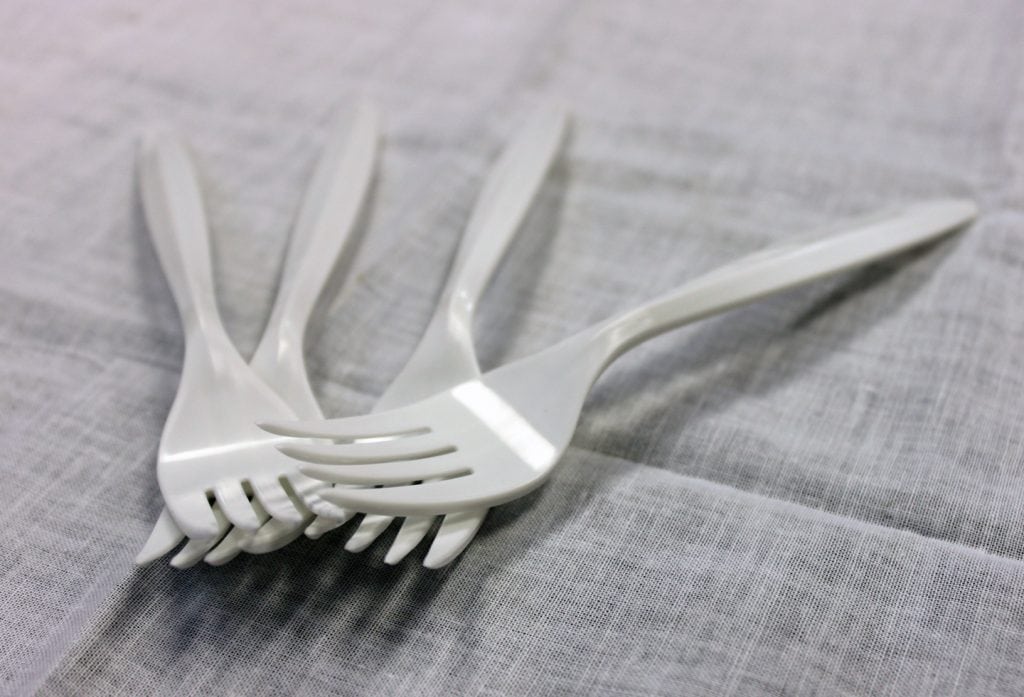
Plastic Cutlery
All those nights of takeout come with plastic cutlery for your convenience. Whether they give you more than you need or you instantly opt for the real deal silverware, you might save the plastic kind for a rainy day.
But you’ve likely procured quite the stack in your drawer, and if you’re not going through them, why keep them around? If your cutlery is disposable, toss in the recycling bin. Better yet, the next time your order in, tell the restaurant to hold the plastic forks and knives.
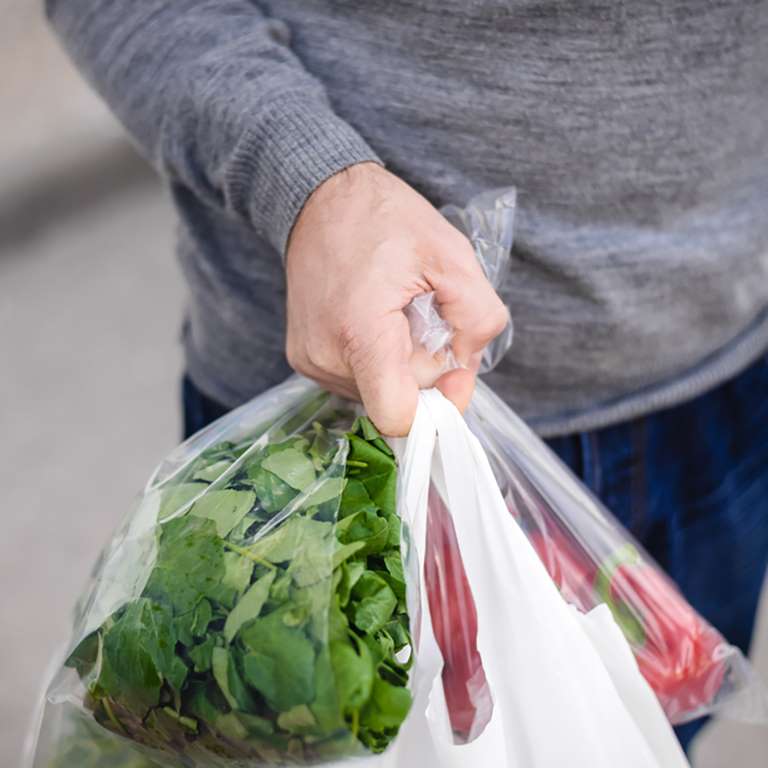
Shopping Bags
Sometimes you forget your reusable shopping bags and end up with a few plastic and paper bags you ultimately stuff in drawers, under the sink, and alongside the trash bin to use for a rainy day.
But the amount you use likely never catches up with the amount you bring home. Clear up some space in your kitchen by recycling them, or check with shelters and food pantries to see if they can be of use.
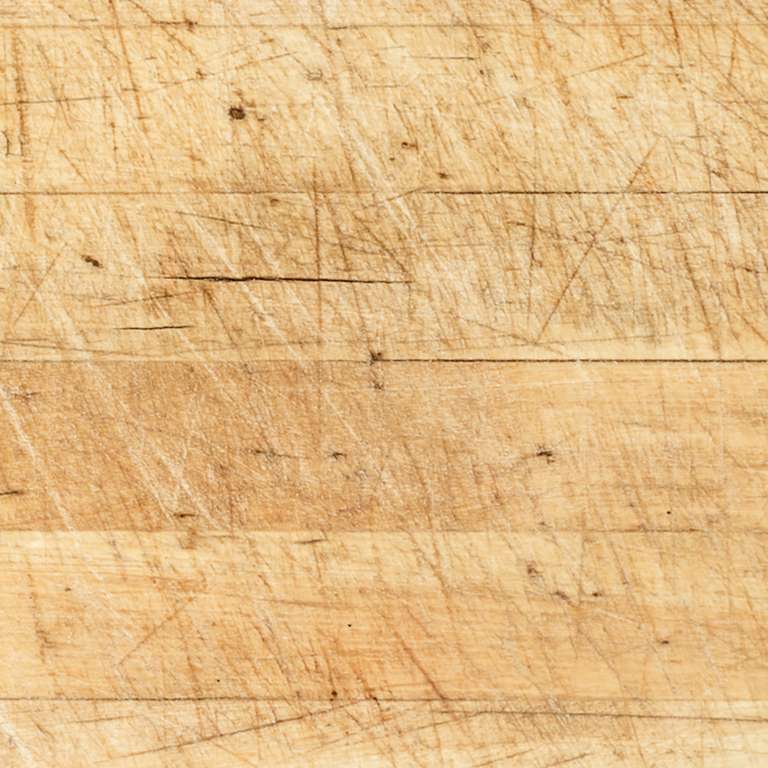
Scratched-Up Cutting Board
Much like other kitchen appliances, your cutting board has a shelf life. All that chopping up of veggies and fruits has likely made your cutting board full of cracks, which means bacteria has found a home in all those deep grooves.
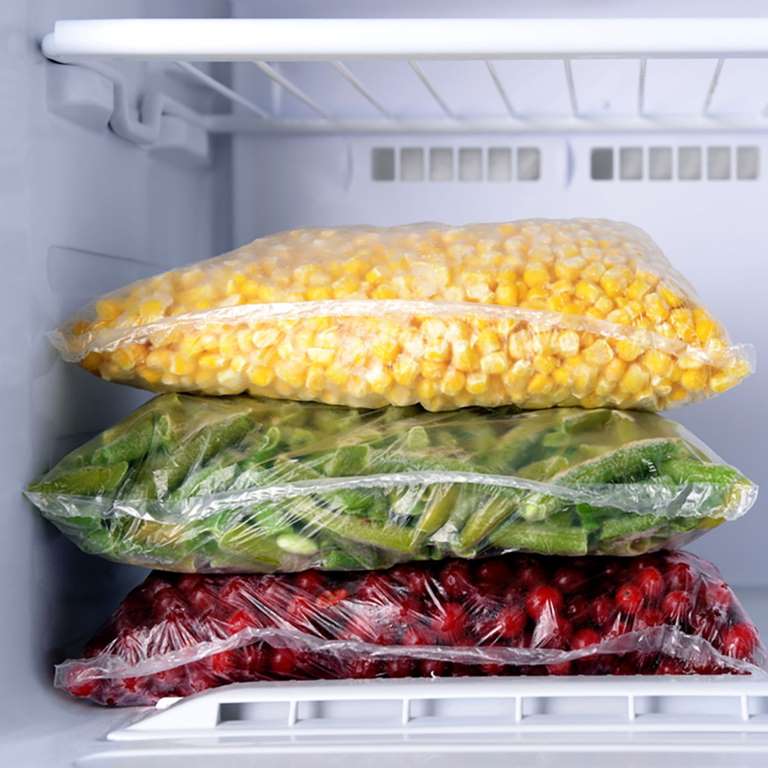
Freezer Burnt Food
Just because frozen food can last a long time doesn’t mean it can last forever! And while the freezer can keep your Crockpot soup around for a rainy day, if your items look like they got stuck in a snowstorm, you can bet they’re not going to taste nearly as good as they should, so chuck ’em.
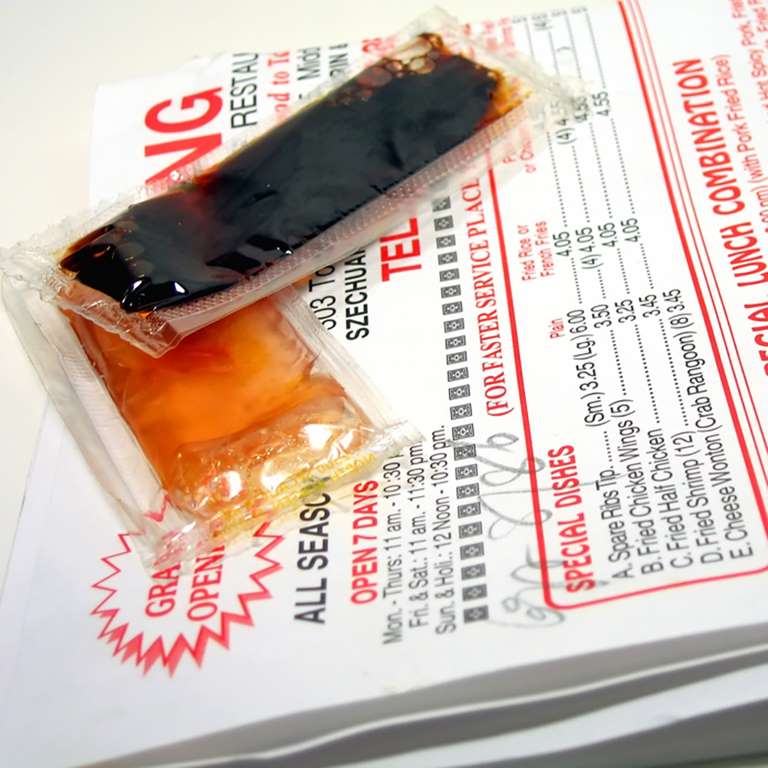
Takeout Menus
Though your takeout bag comes with a menu or two, the reality is, you end up stuffing all that wasted paper in a drawer. Then before you know it, menu after menu, it’s hard for you to close your kitchen drawer. Toss those suckers in the recycling bin and stick to looking up menus online.
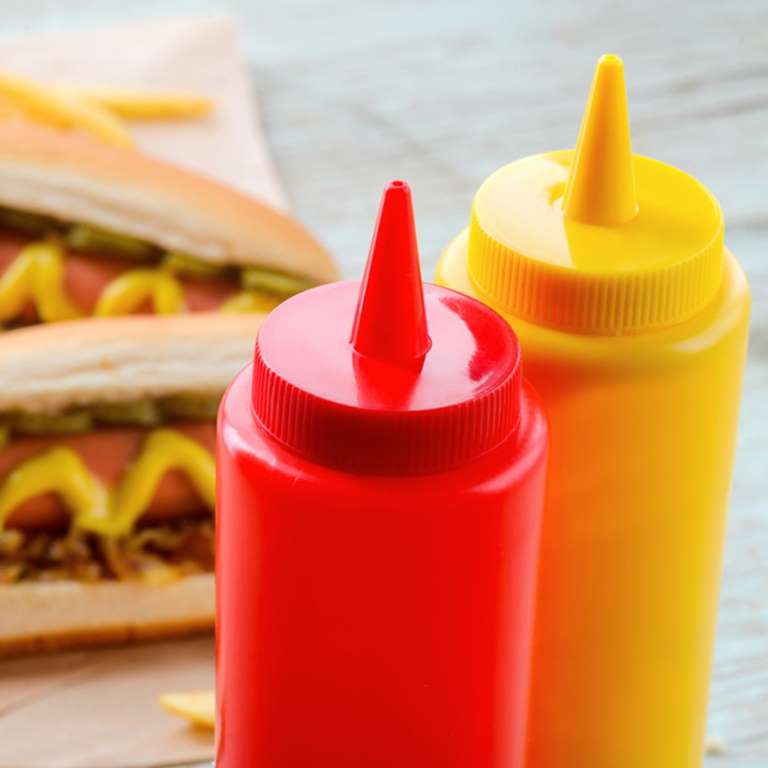
Expired or Separated Condiments
You may be quick to throw out moldy strawberries in the fridge, but what about the condiments taking up space on the side shelves? It’s easy to forget about things that come in a jar, have a longer shelf life, you don’t use often, and are stacked in a space you don’t pay much attention to in the fridge.
Spring clean your biggest kitchen staple by ensuring you check that bottle of sauce’s “best used by” date, and seeing if the ingredients have begun to separate or smell funny.
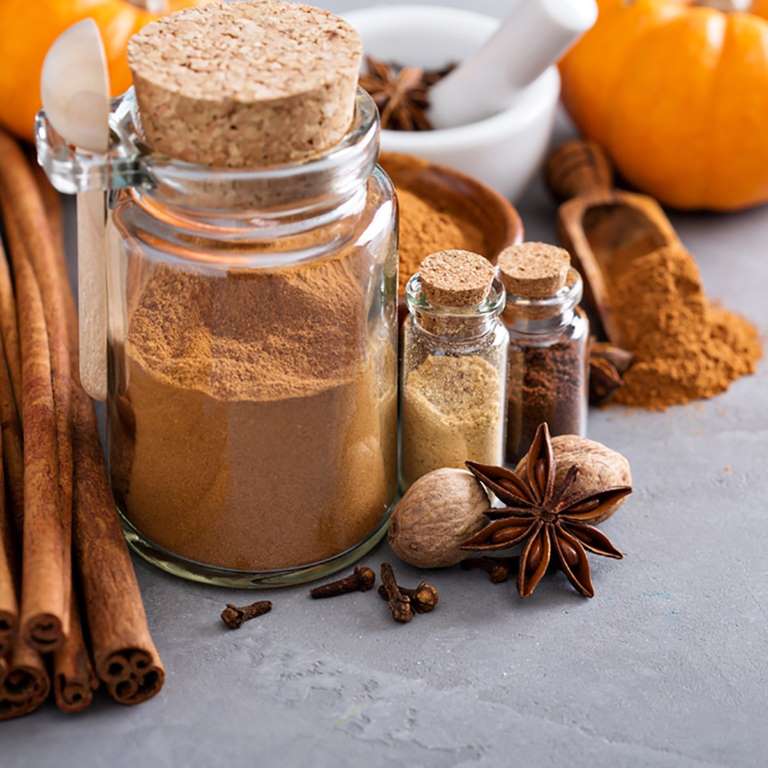
Old Spices
If you’ve had your spices hanging around for a year, it’s time to swap them out for new ones. Spices lose their potency and flavor over time, so you don’t need to feel guilty about giving up a half-full jar, because it’s not good anyway.
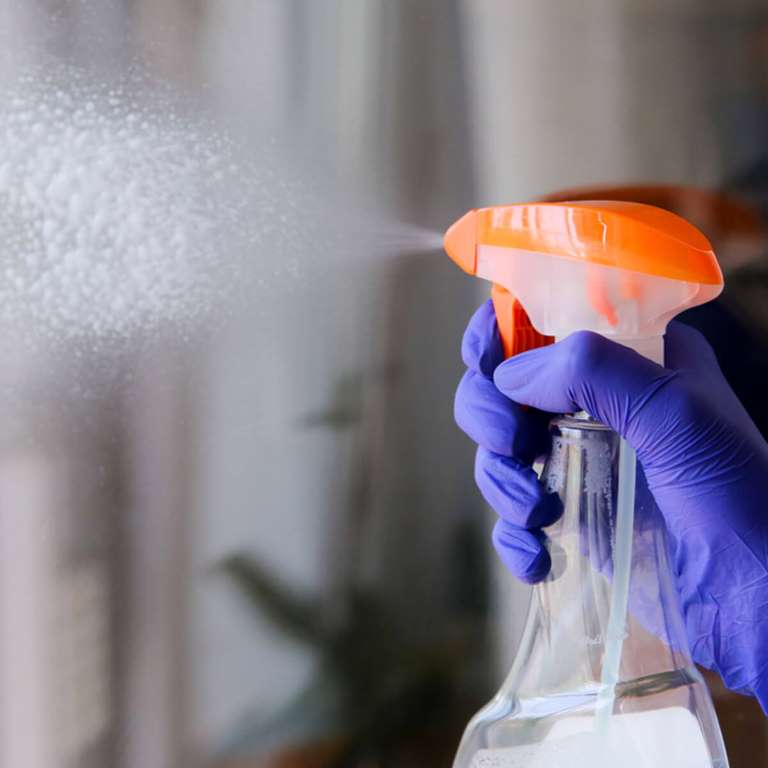
Unused Cleaners
Household cleaners have a shelf life, and if you’re not using them regularly, you’re certainly wasting your money on them. Pinpoint the cleaners you know you need around, and make sure they’re still good.
Lysol disinfectant has a shelf life of about two years, multi-surface cleaners about two years, dishwashing soap between 12 to 18 months, and metal polish up to two years.

Chipped Plates, Bowls, Mugs
Just because your plates can still hold food doesn’t mean they’re healthy for your home. If your plates, bowls, mugs, etc. have chips in them, not only can they cut you, they can harbor bacteria as well as increase your exposure to lead.
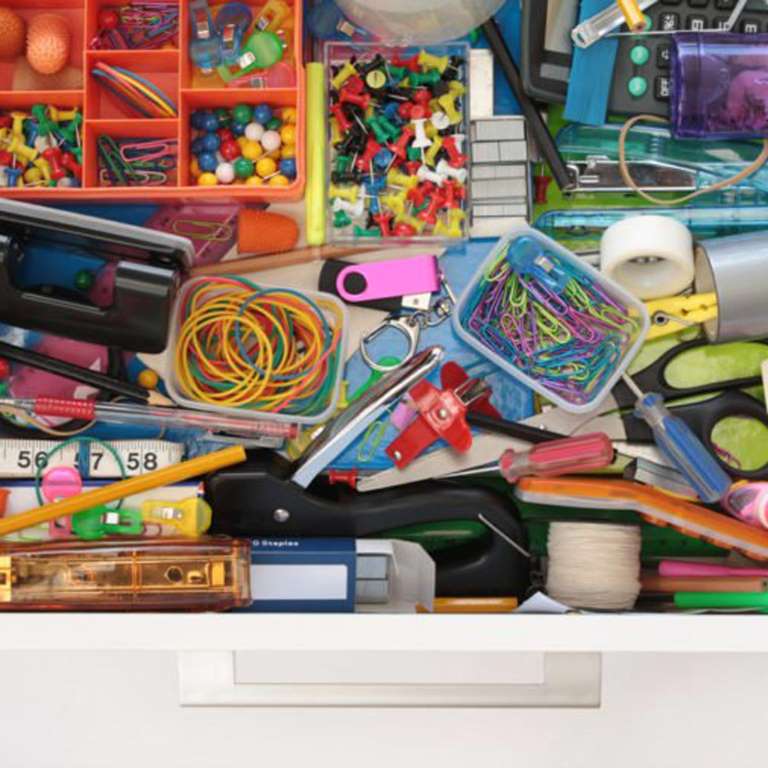
The Junk Drawer
It goes without saying that a junk drawer goes from being a place for miscellaneous items, to an overflowing space that has more non-essential items in it than ones you actually want to get easy access to.
Go through your junk drawer quarterly, making sure anything that’s in there is something you truly need. The rest you can toss, like extra rubber bands, plastic bags, chopsticks, business cards, and more.





























